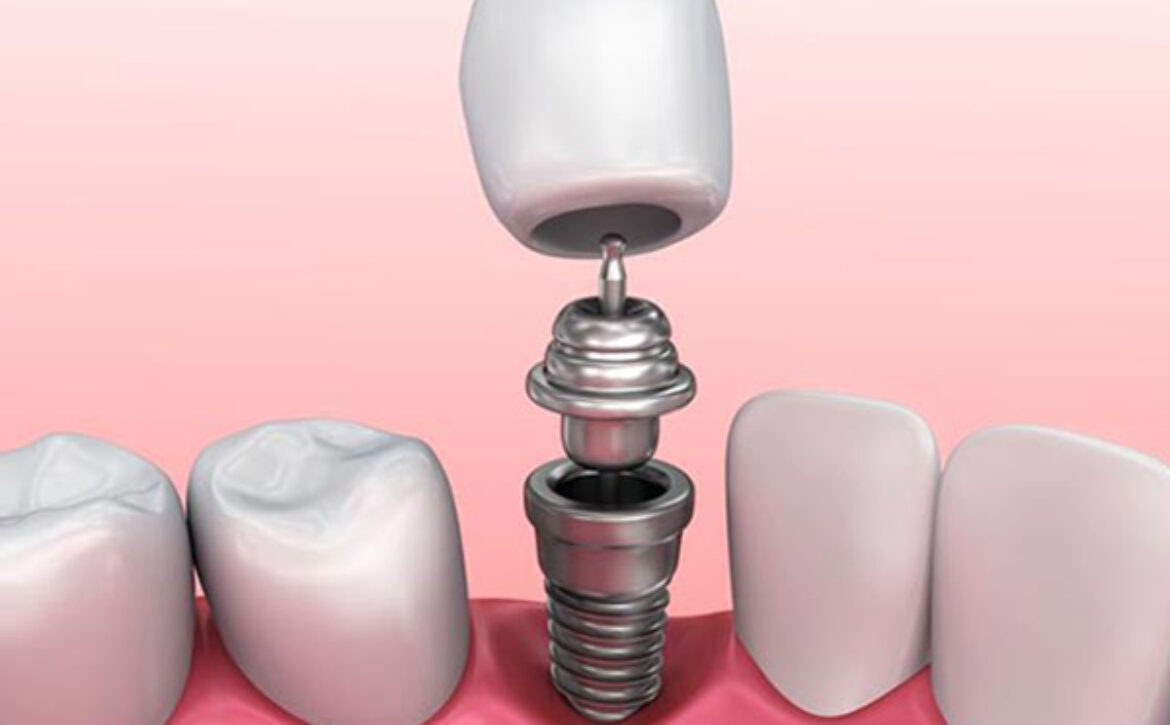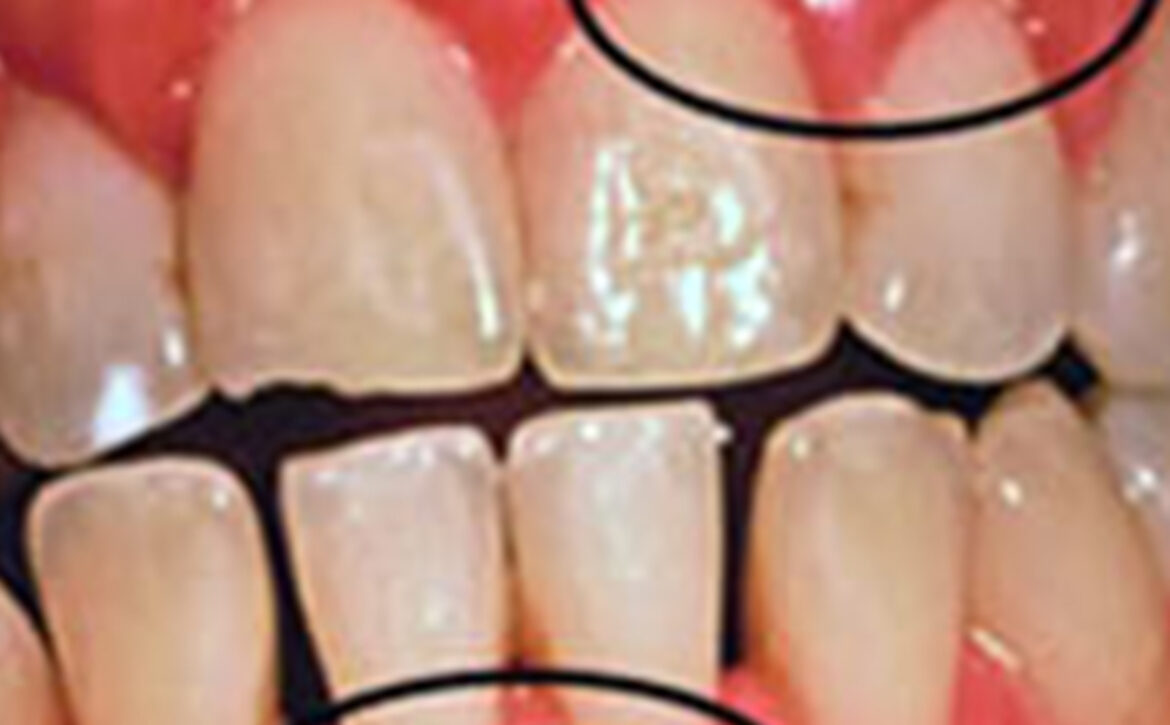Single Tooth vs. Multiple Teeth Replacement Options
For those who suffer from one or more missing teeth, dental implants offer a permanent and natural feeling solution to restore dental appearance and function.
Dental implants can be paired with different types of restorations to replace a single tooth or multiple teeth. Dr. William Couvelis provides thorough examinations to determine which patients are suitable for single tooth versus multiple teeth replacement at his practice in Chicago, IL.
If you are missing one or more teeth and would like to find out which option is right for you, we welcome you to schedule a consultation with Dr. Couvelis.
Single Tooth Replacement
There are different options for replacing one or two teeth. The right option largely depends on the patient’s needs and treatment goals. The primary options for replacing individual missing teeth include dental implants and dental bridges.
Dental Implants for Single Tooth Replacement
For those who only have one or two missing teeth, single tooth replacement with a dental implant and crown restoration is often one of the best treatment options.
Replacing a single tooth with a dental implant provides the most natural feeling option for restoring missing teeth. Dental implants mimic the tooth’s natural root.
Dental implants feel so natural because the jawbone physically bonds to the implant after it’s surgically placed within the jaw, much like the jawbone bonds naturally to the tooth’s root.
In order to undergo dental implant treatment for single tooth replacement, patients must be healthy enough to undergo surgery. They should also have sufficient jawbone to support the dental implant. If the jawbone is insufficient, a bone graft may be performed to rebuild the jaw for dental implant treatment.
Dental Bridges for Single Tooth Replacement
Dental bridges are a non-invasive option for replacement of a single tooth, making them a good option for those who wish to avoid surgery or are unable to undergo surgery due to underlying health issues.
Dental bridges are made of two crowns joined by an artificial tooth. The crowns are then placed over the teeth adjacent to the missing tooth, effectively replacing the missing tooth.
Although dental bridges can restore dental function, there are several downsides. In order to place the bridge, healthy teeth must be filed and altered to accommodate the crowns used to attach the bridge.
Another downside is the bridge can leave a slight gap between the artificial tooth and the gums. This area needs to be cleaned with a bridge cleaner.
Multiple Teeth Replacement
As with single tooth replacement, there are several options for replacing multiple teeth. Dental implants are a popular option for replacing missing teeth and may be used to replace several teeth or a full set of missing teeth.
Dental Implants for Multiple Tooth Replacement
Dental implants may be paired with implant-supported bridges or implant-supported dentures to replace more than two teeth or a full arch of teeth.
When paired with dental bridges, the dental crowns used to attach the bridge within the mouth are attached to dental implants. This allows the replacement of three or more teeth using only two dental implants.
With implant-supported dentures, a set of dentures is attached within the mouth using as little as four or six dental implants. This makes it possible for denture wearers to enjoy a secure fit and improved dental function as their dentures stay firmly in place when eating and speaking.
Traditional Dentures
Of course, traditional dentures are still an option for replacing multiple teeth. Although traditional, removable dentures don’t provide the secure fit and improved function as implant-supported dentures, they may be the best option for patients who are not healthy enough to undergo surgery or who don’t want to undergo surgery.
Which Treatment Is Right for You?
To find out which treatment is right for your needs, request an appointment today with Dr. William J. Couvelis, an experienced cosmetic and restorative dentist at North Pier Dental Associates in Chicago’s Streeterville neighborhood.





